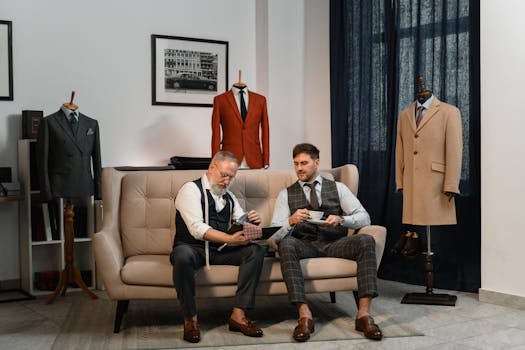You could take a foundation degree, higher national diploma or degree in a subject like:
- interior design
- art and design
- interior architecture
- spatial design
Entry requirements
You'll usually need:
- 1 or 2 A levels, or equivalent, for a foundation degree or higher national diploma
- 2 to 3 A levels, or equivalent, for a degree








